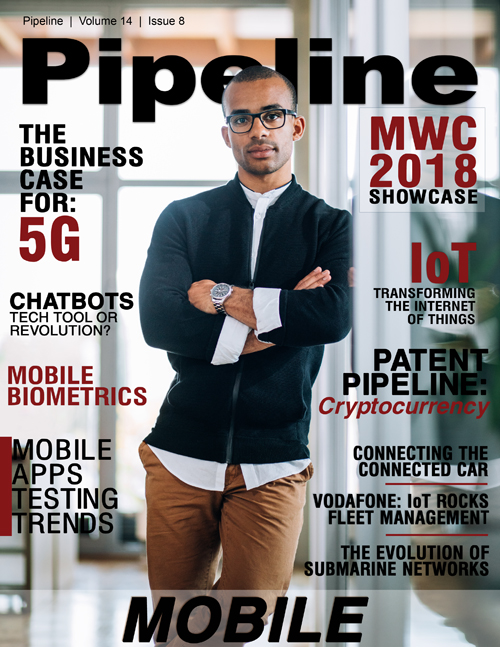How IoT is Rocking the Boat and Revolutionizing Fleet Management
By: Ludovico Fassati

The transportation ecosystem is being reinvented. Whether you are a car manufacturer, fleet operator, town planner or insurer, the Internet of Things (IoT) revolution will impact our roads, waterways, and transit hubs, no matter how big or small. Tomorrow’s new connected world of logistics and transportation will depend on multiple sectors working together to offer seamless access to IoT services and data.
Historically, the transportation journey has been isolated and has not always considered the overall transport system. For example, we still rely on distinct manual steps like adjusting our seat belt and pressing the accelerator with our foot. There are also strict rules around vehicle ownership and insurance policies. Tomorrow’s transportation ecosystem, driven by IoT and the digital transformation, is miles apart. It includes self-driving vehicles communicating with each other in real-time, increased automation and safety, as well as blurred lines between individual and commercial vehicle ownership.
As IoT continues to impact transport operations in new ways, including improving how freight is delivered across continents or leveraging driver and vehicle monitoring for increased safety, there is still considerable opportunity and work to be done. In fact, Vodafone’s latest IoT Barometer shows that IoT adoption in transport and logistics is back on the rise, but only 46 percent of transport and logistics companies are using IoT to support large-scale business transformation.
Jumping into the deep end of the IoT waters
Consider this. At any given time, more than 15 million containers are moving across international waters or waiting to clear customs. Commercial deliveries of this size and scope have many variables and risks to consider from mechanical issues, delays, diversion, theft, physical damage, and even piracy. In the past, this type of mobility was impossible to track efficiently and accurately. There could be days or months of delays where there was no way to track ships carrying valuable cargo. You could argue that it is still incredibly difficult to maintain a level of visibility around cross-continental transit. This is all changing with IoT.
Navico, an international marine electronics company, can provide boaters, fleet managers, and service technicians with the ability to monitor, log, transmit and report important vessel information, including engine hours, battery status, and oil pressure in real time. Having the ability to track these on-board features makes it possible to access details about potential mechanical problems or areas in need of repair. If a boat is taking on water, Navico’s system is always monitoring bilge levels and alarms, allowing them to react quickly. Or, the system can notify them of any loss of shore power, which can drain batteries and potentially damage onboard systems that are running.
Imagine the potential of IoT and the ability to leverage data to track the entire marine industry. From vessels of various sizes, such as ferry boats transporting commuters across city waterways, or cargo ships moving across vast oceans, the expansion of IoT services will impact safety, efficiency and increase visibility like never before.
Making our streets smarter
On dry land, commercial vehicles are everywhere. Trade vans, courier bikes, haulage and retailer trucks, plant equipment, company cars, taxis, rental fleets, buses and coaches are sharing the roads with consumers every day. In fact, it is estimated that 40 percent of vehicles on the road are commercial. And, while the discussion around the connected car is often on consumer vehicles, we cannot disregard the impact and opportunity to focus on commercial fleets and vehicles creating safer, less-crowded, cleaner, and more efficient transportation hubs and roads through IoT.
More connected vehicle fleets lead to safer, efficient, and more responsive service, in addition to enhancing the way drivers interact with other vehicles and the overall infrastructure.



















